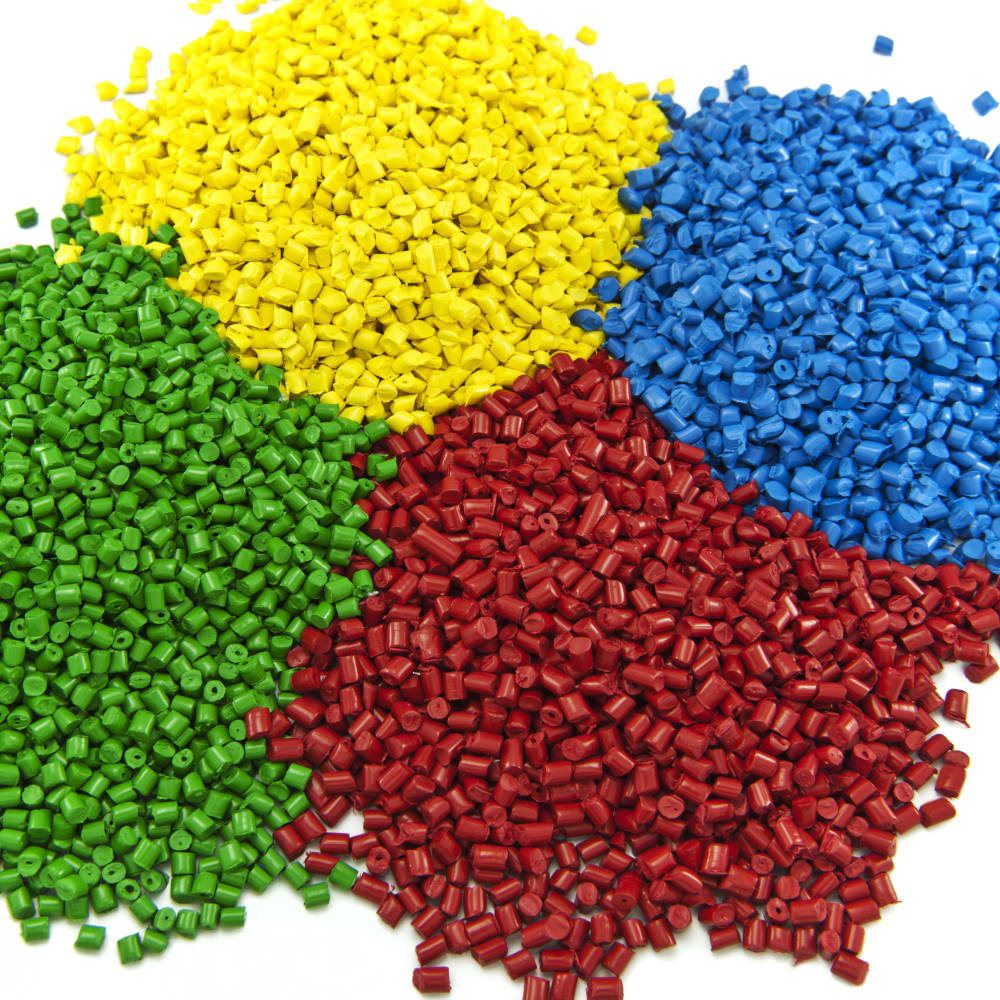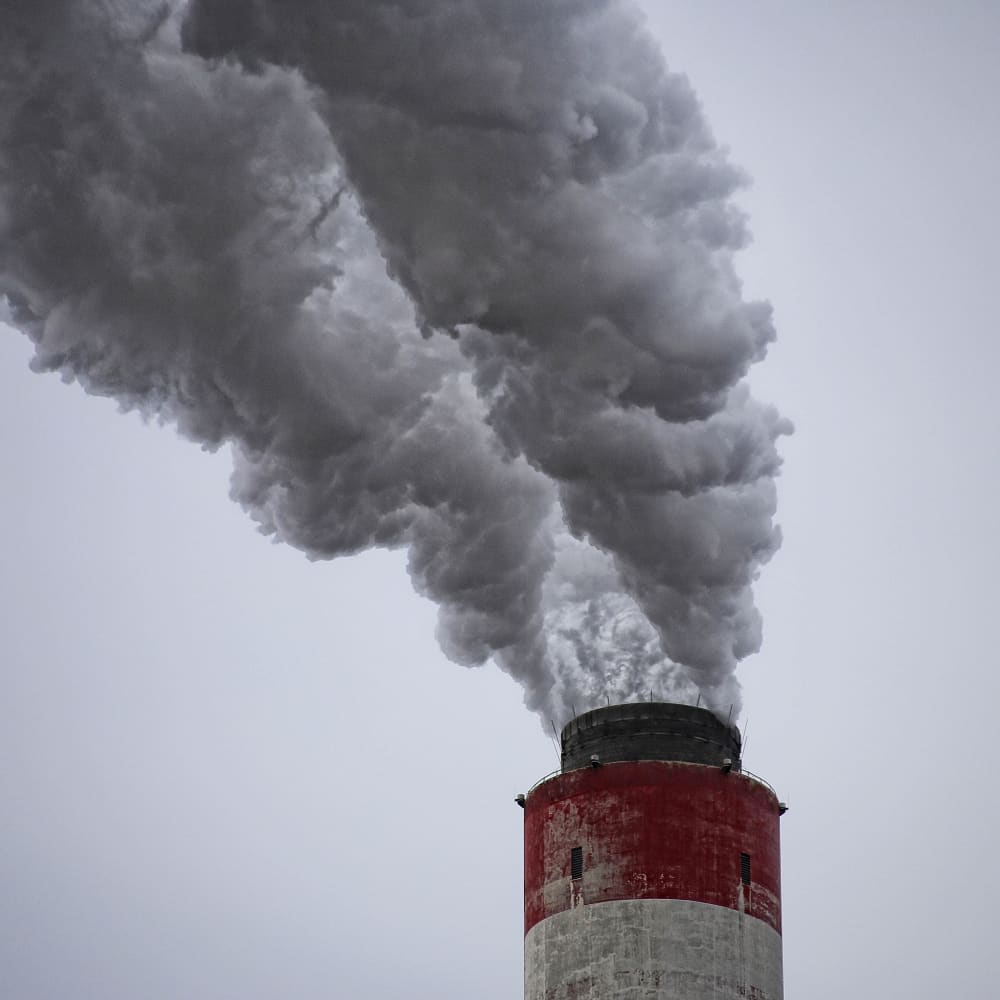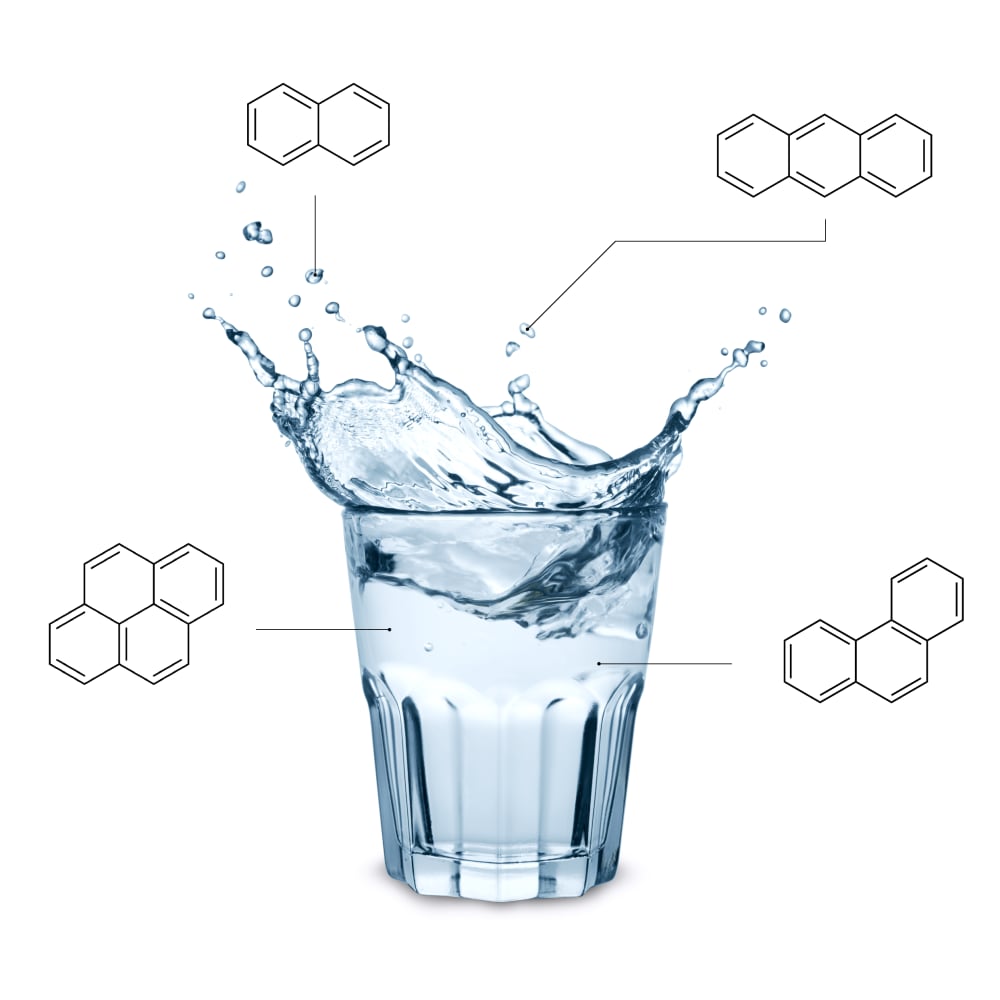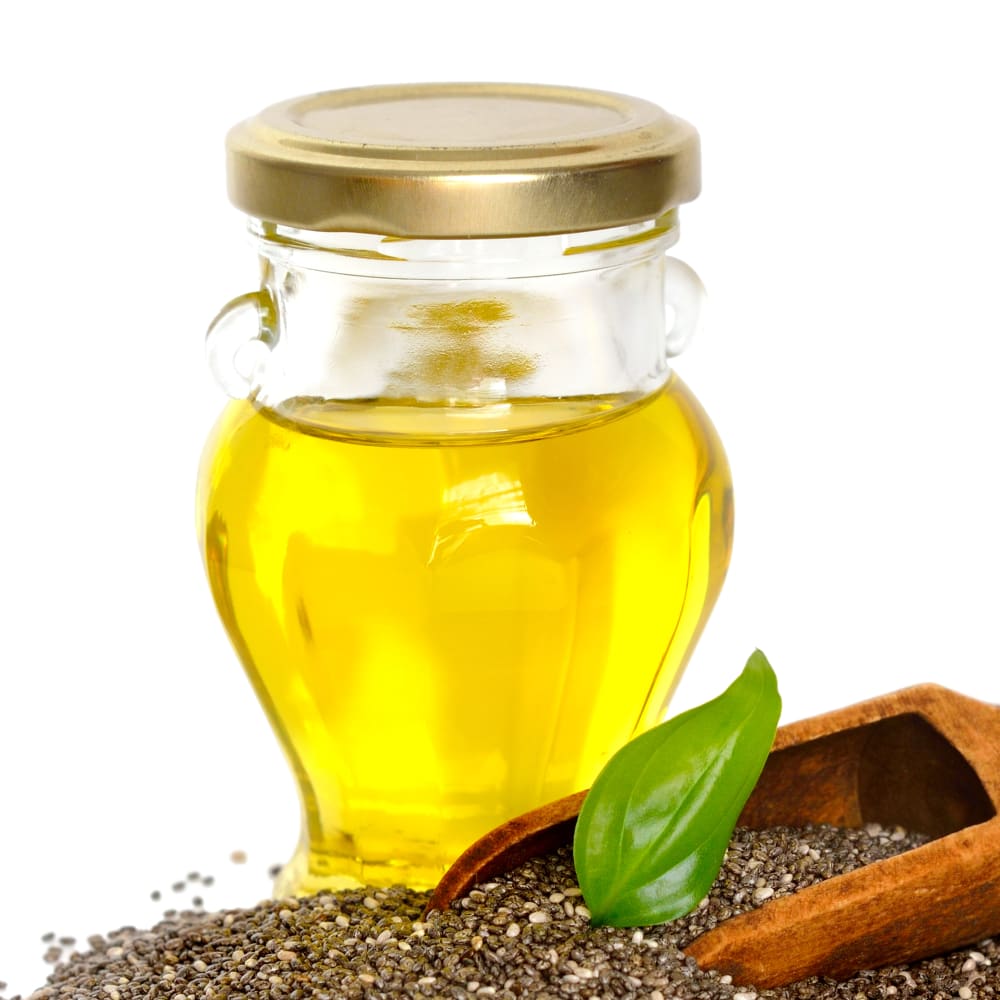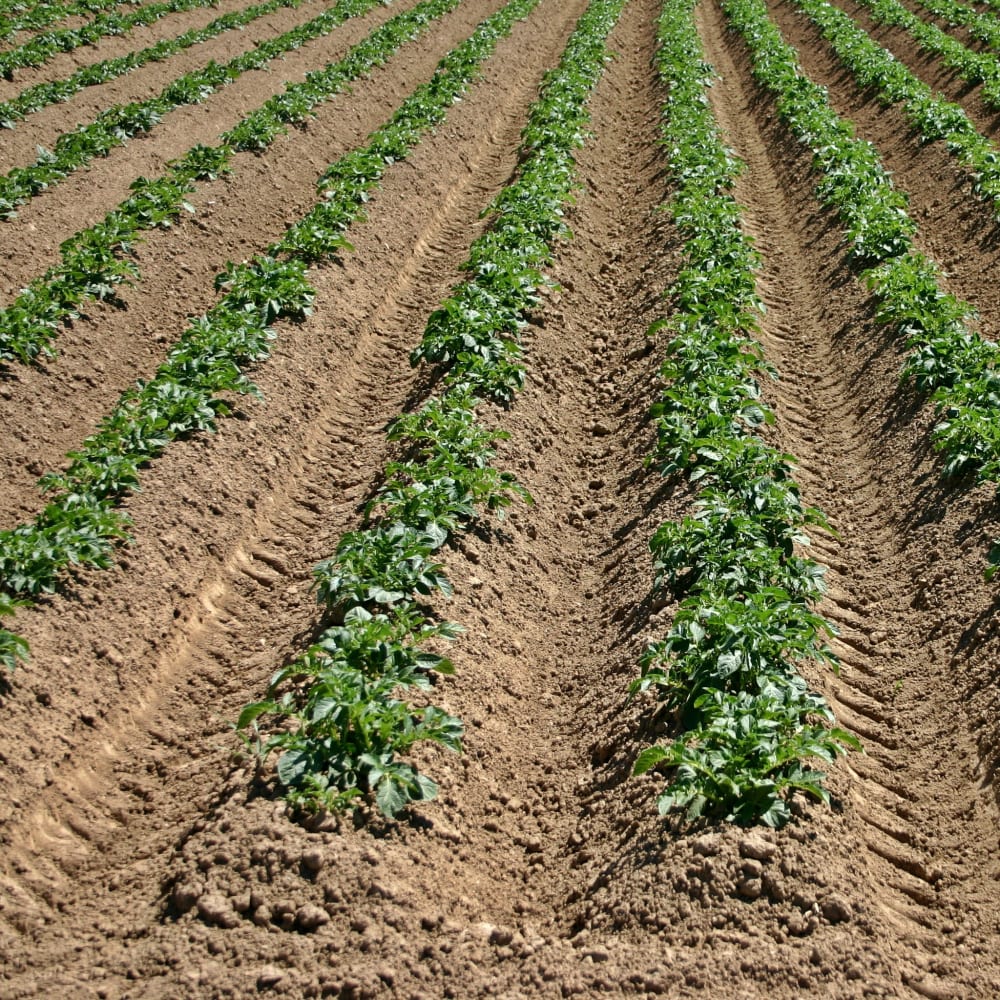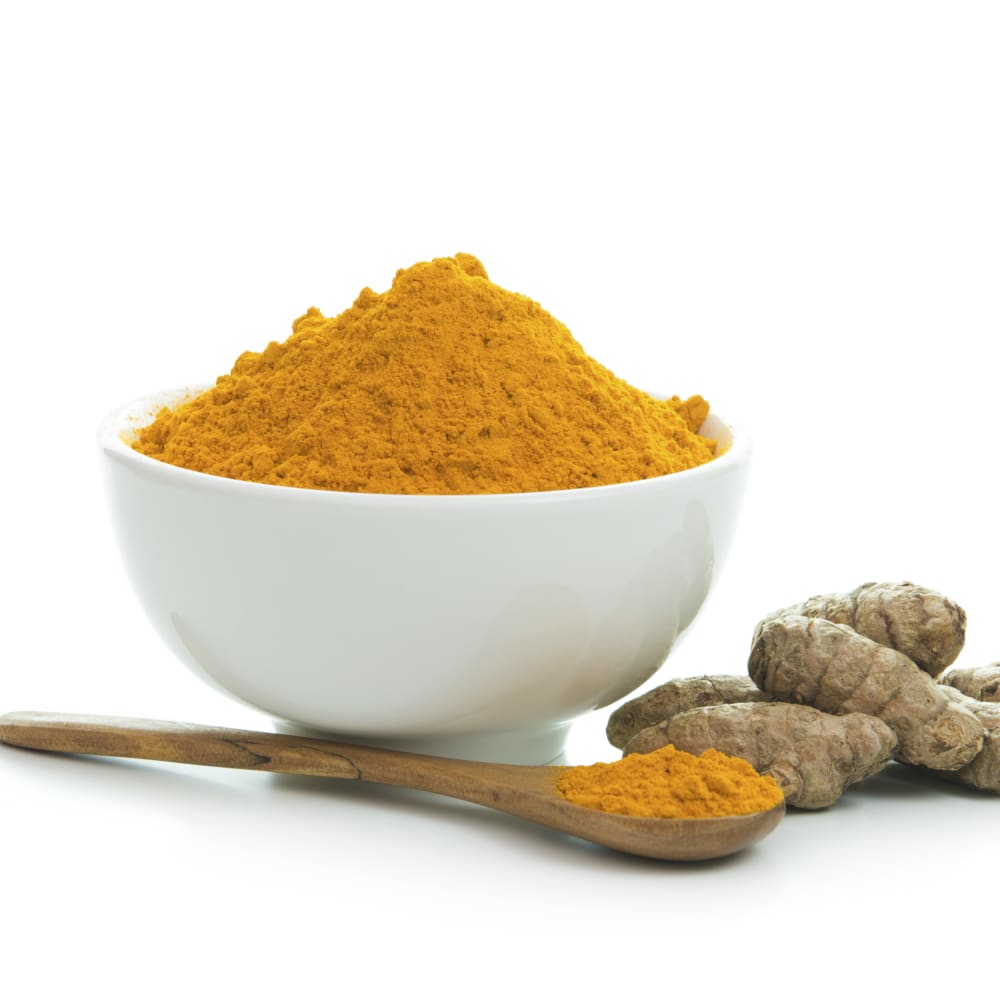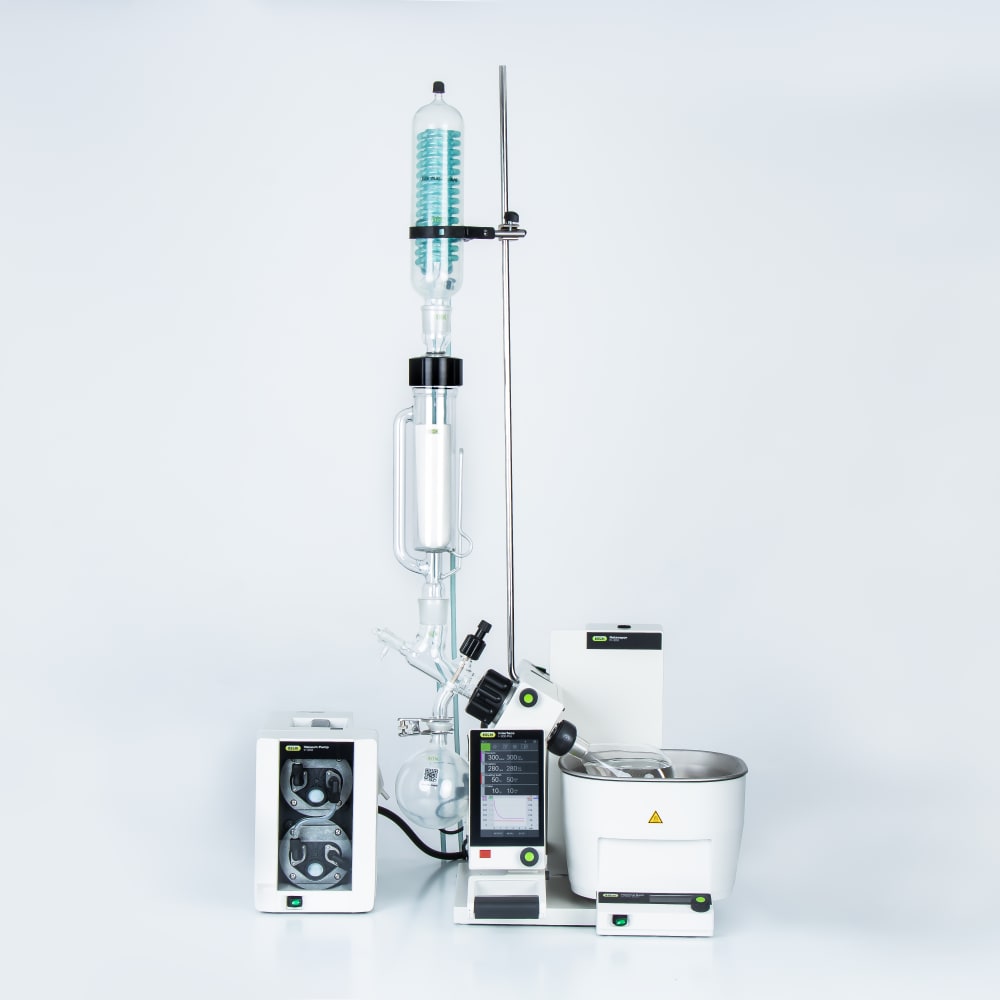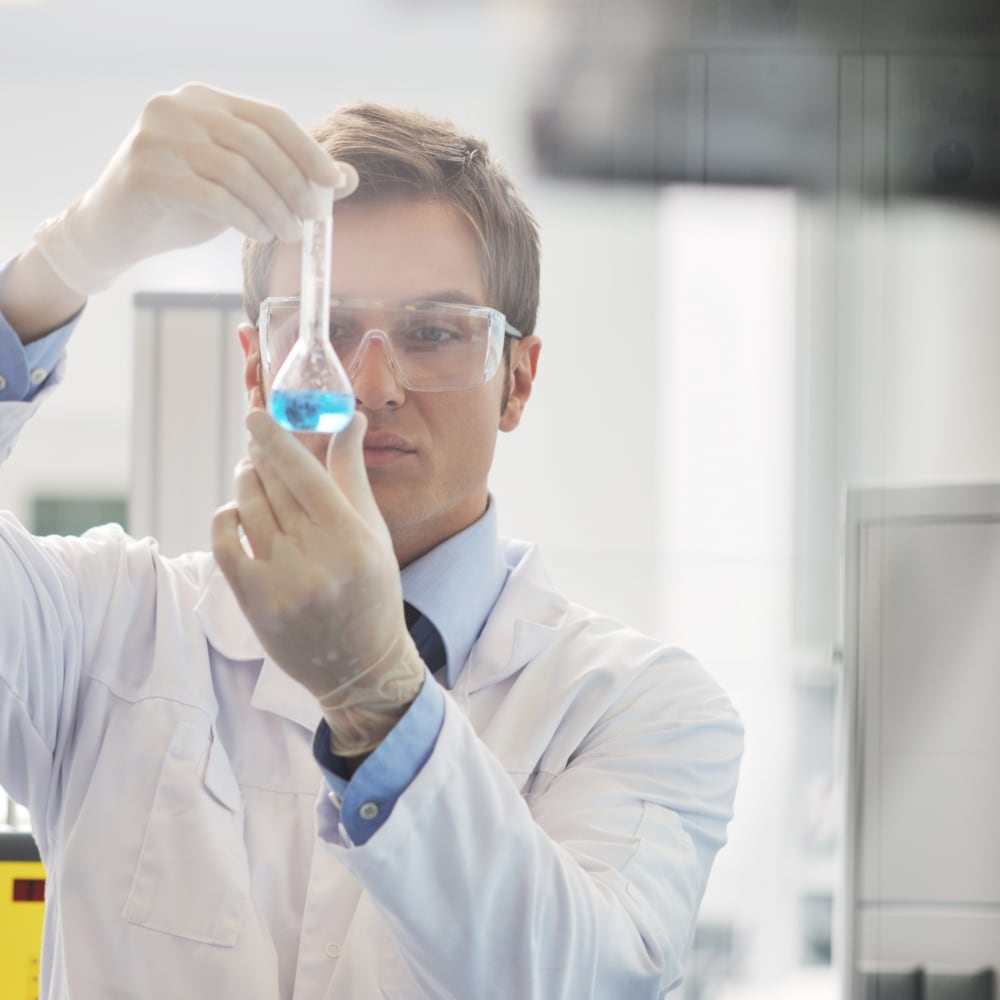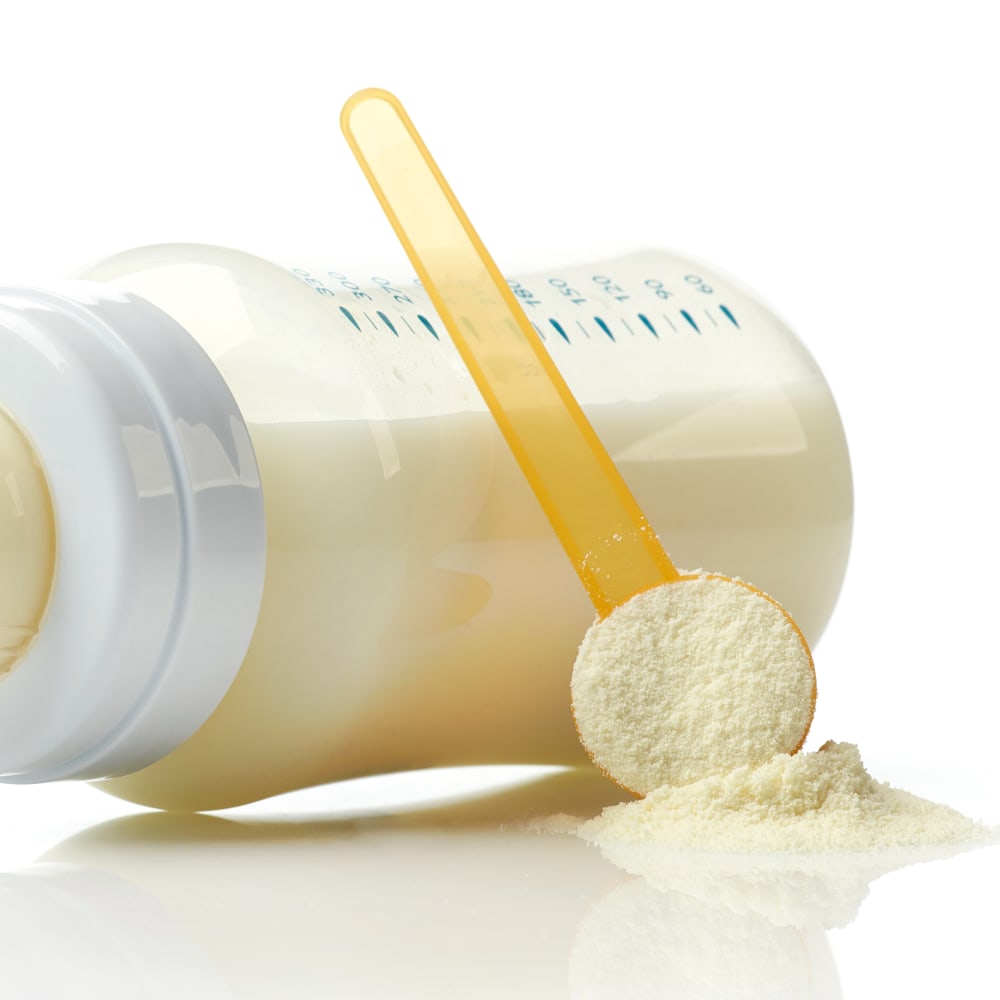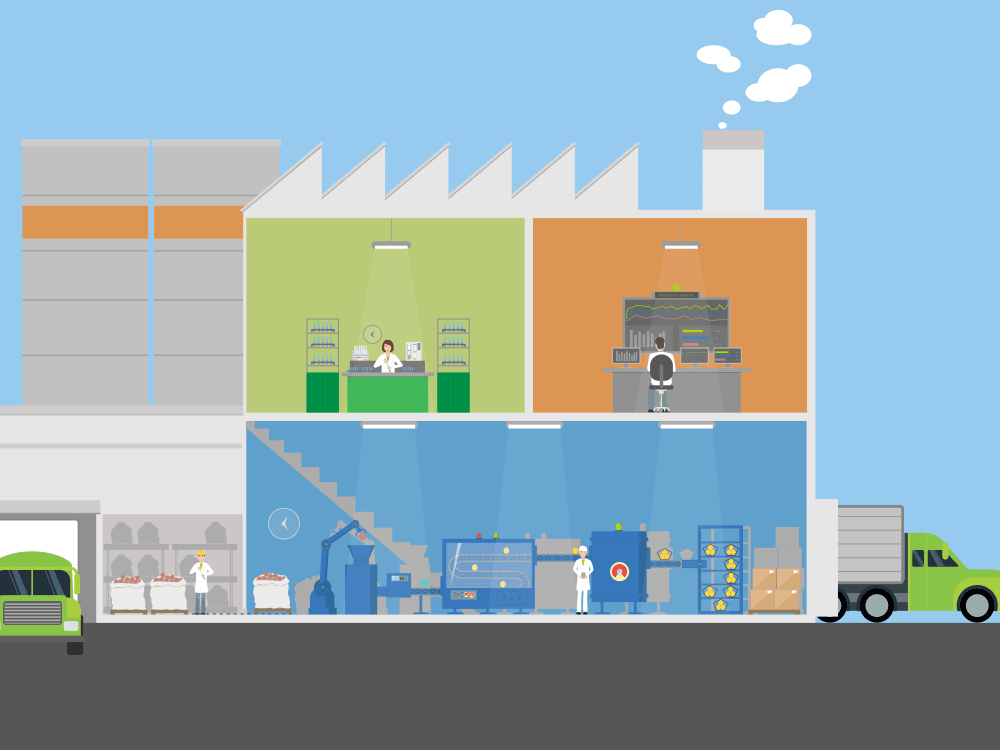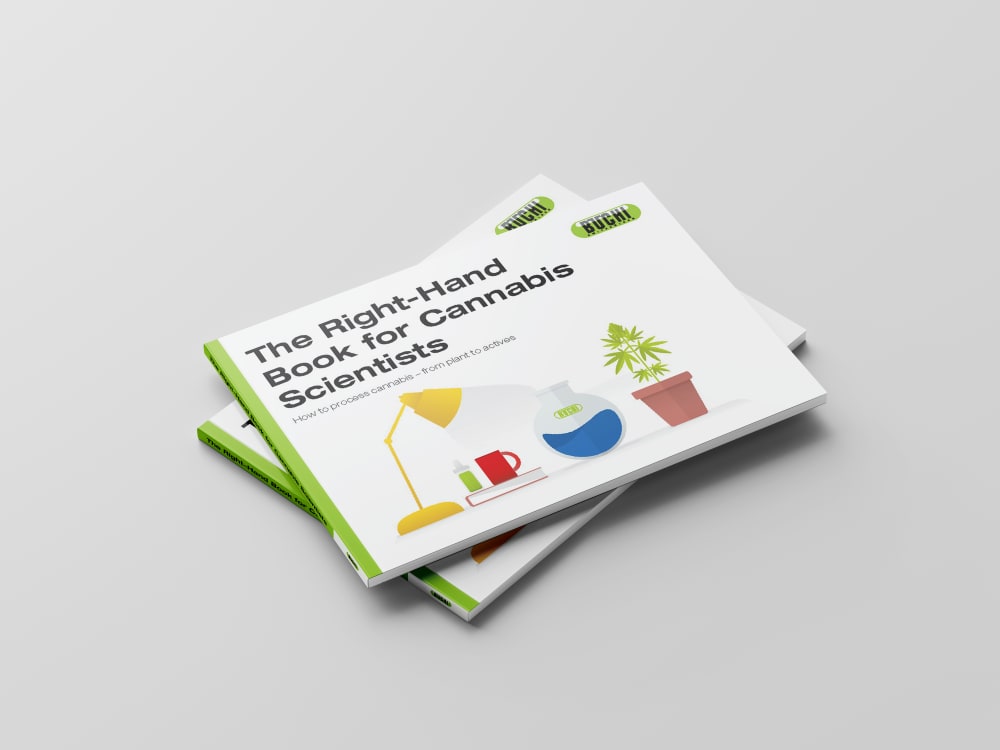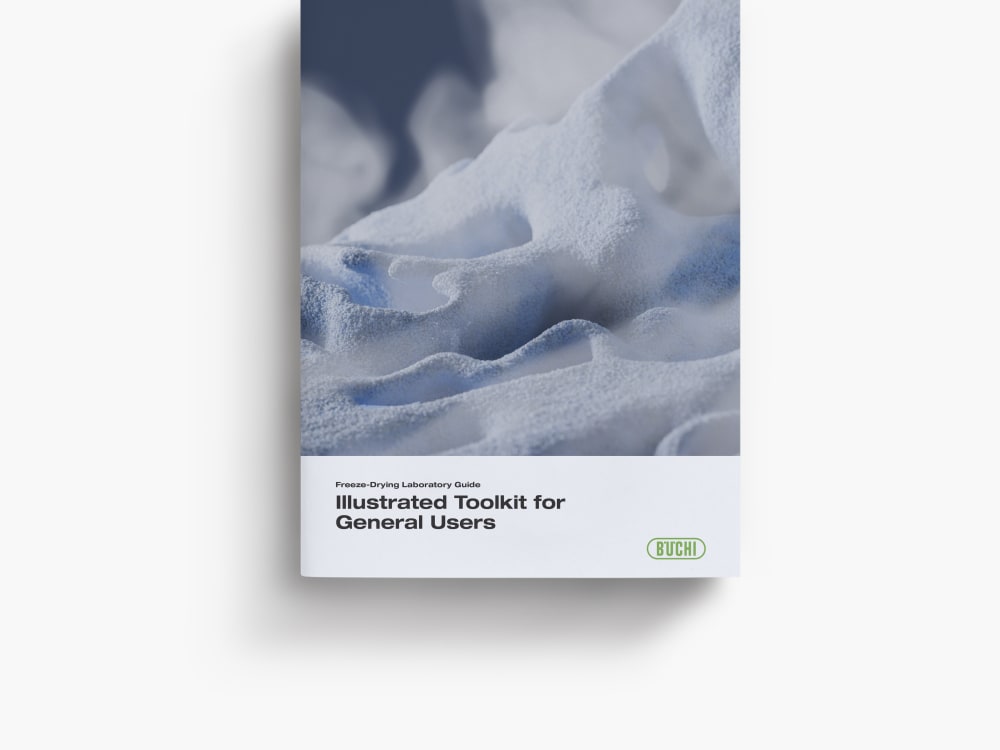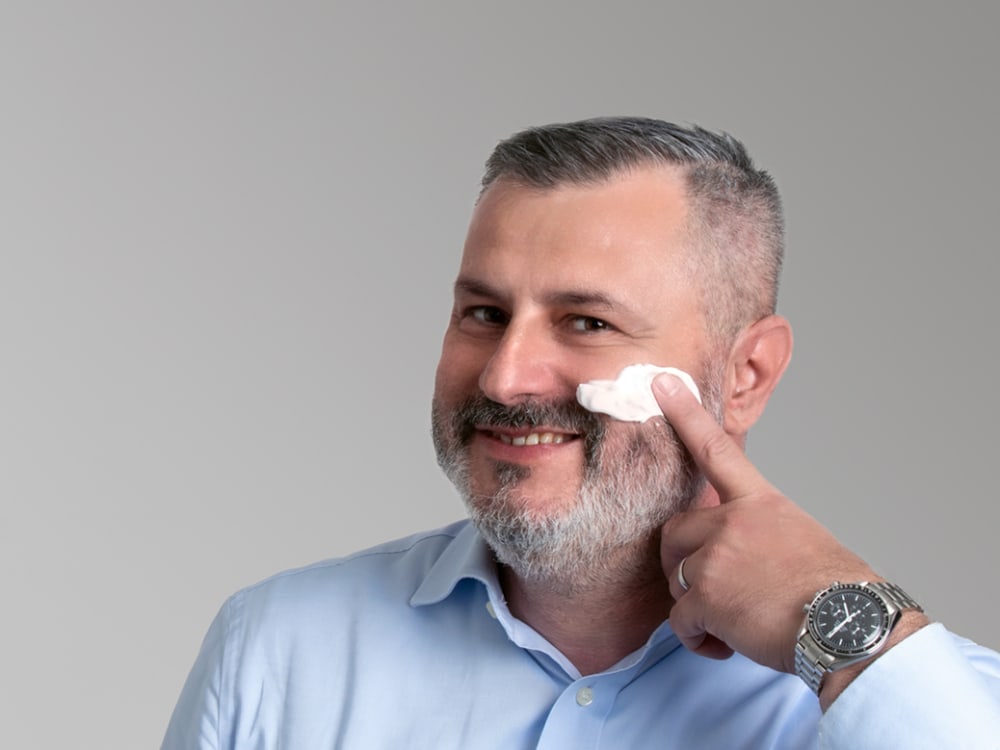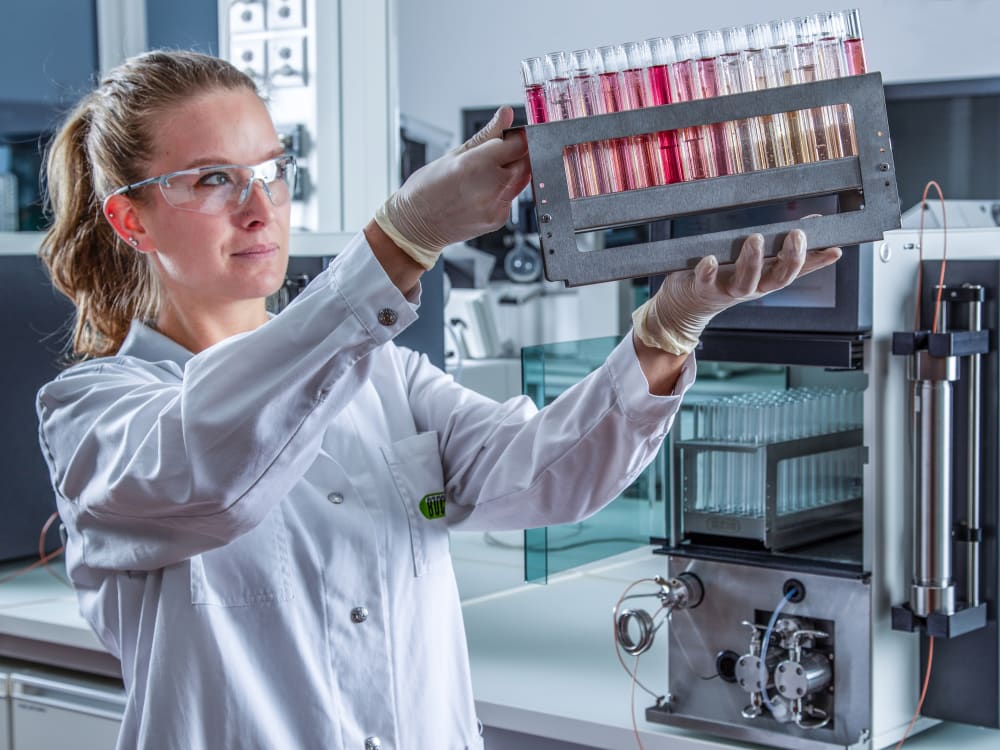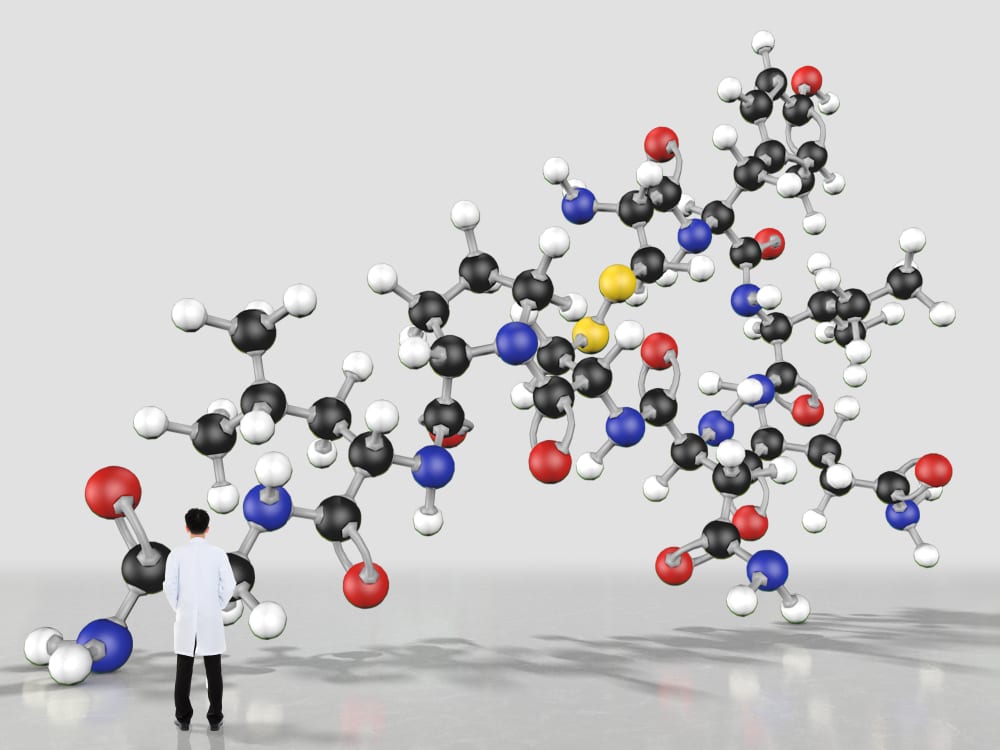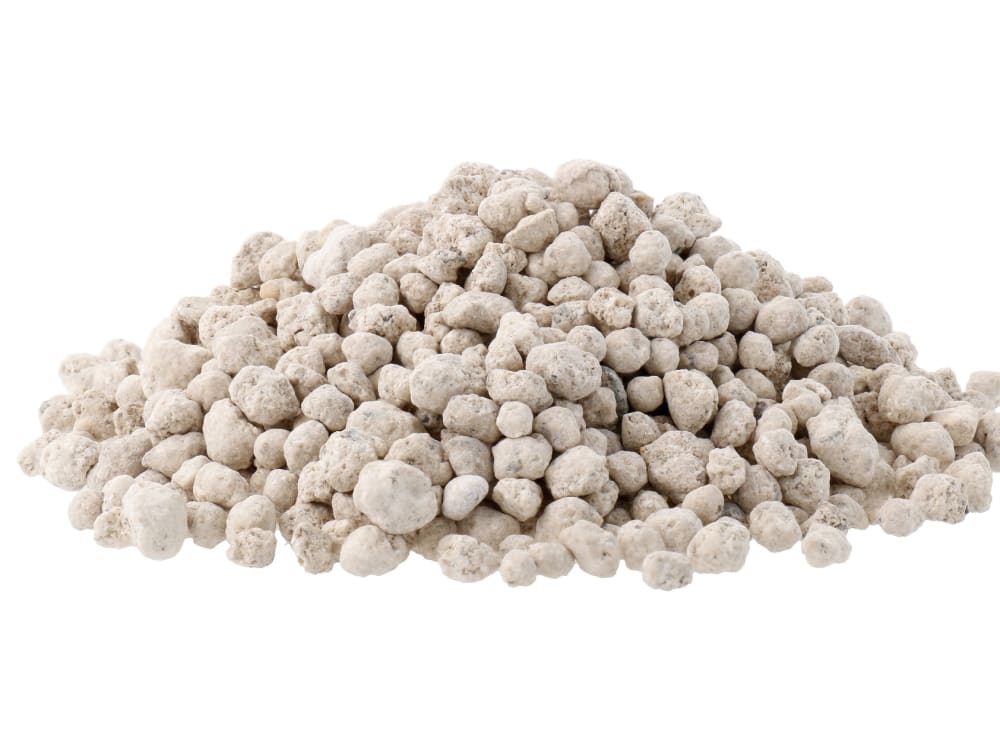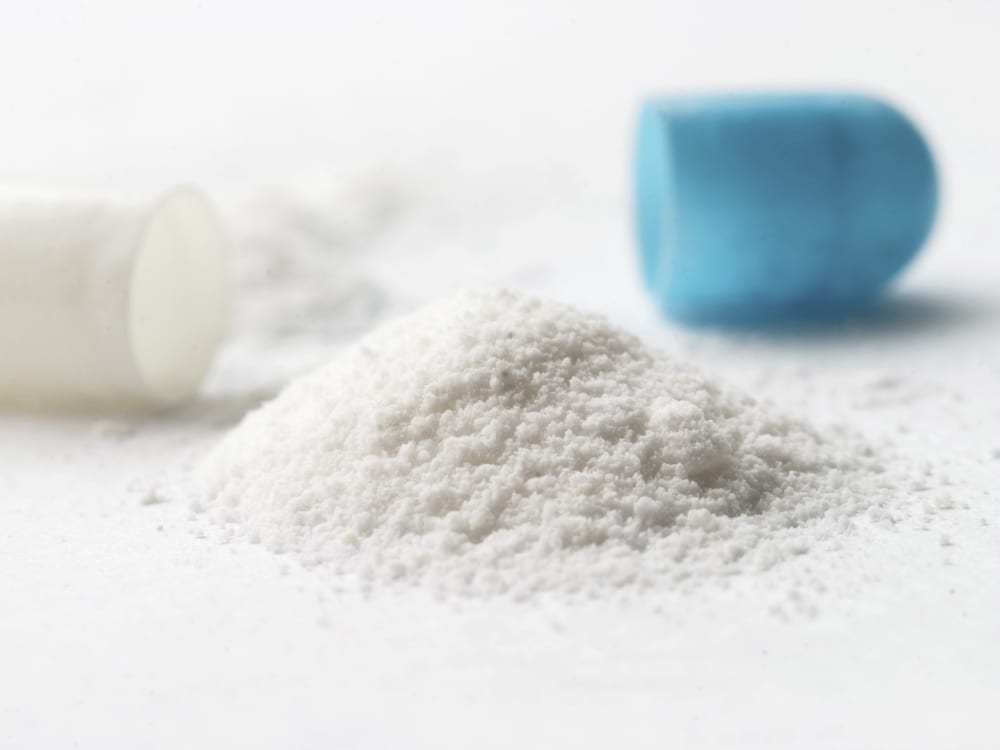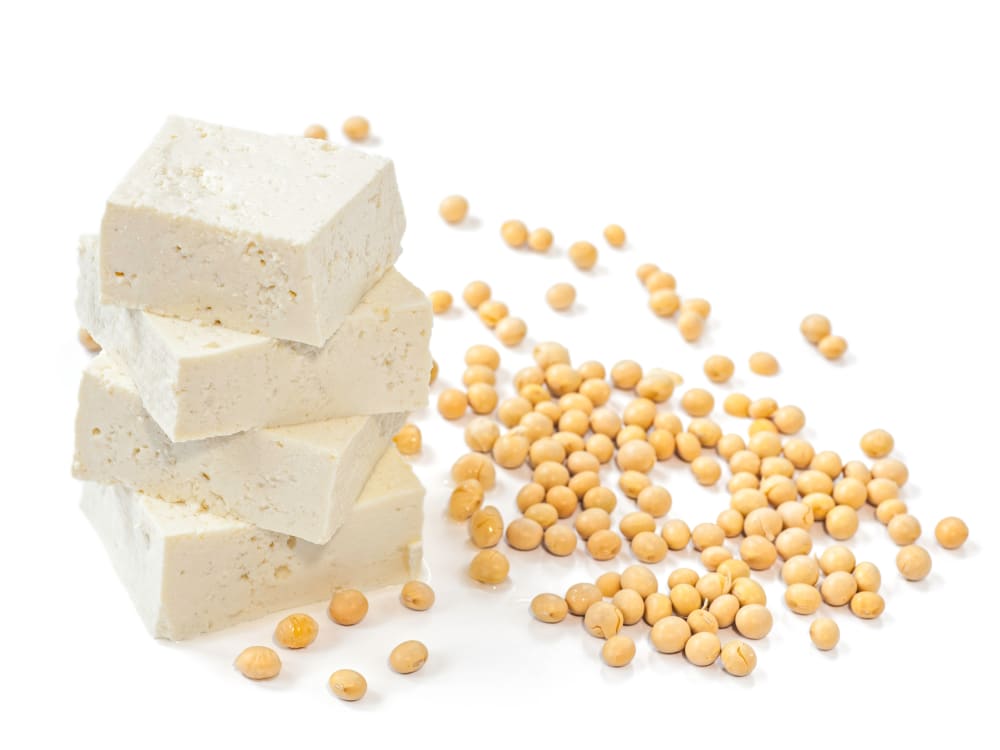Determination of hexachlorocyclohexane isomers and chloro substituted benzene congeners in air
Syncore® Analyst R-12, Residual volume 1.0 mL, Vacuum Pump V-300, Interface I-300 Pro, Recirculating Chiller F-314, Flushback module R-12: Time saving concentration and reproducible recovery rates of volatile analytes.

Determination of oil contents in seed samples
SpeedExtractor E-916, Multivapor, Hydrolysis Unit E-416, Extraction Unit E-816 SOX: Comparison of different extraction methods: Pressurized Solvent Extraction (PSE) using SpeedExtractor E-916 versus Weibull Stoldt method using Hydrolysis Unit E-416 and Extraction Unit E-816 SOX
Your Evaporation Guide – Rotation speed
Achieve higher distillation efficiency when using a rotary evaporator by reading on the impact of rotation speed. The evaporation rate of a rotary evaporator is greater than that of static distillation apparatus. Moreover, the evaporation rate increases with higher rotation speed. This is, among other factors, due to the greater surface area inside the evaporating flask at one given time. Especially significant is the dissipation at lower rotation speeds. For instance an increase in speed above 200 rpm has a relatively low influence on the evaporation output. A rotation speed above 300 rpm can result in mechanical problems, vibrations and spillage from the heating bath. Thus, considering the advantages and disadvantages of different rotation speeds, the optimum rotation speed is around 250 to 280 rpm.
Your Evaporation Guide – Thickness of evaporating flask
Achieve higher distillation efficiency when using a rotary evaporator by reading on the impact of thickness of flask. The evaporation rate is noticeably greater if the evaporating flask’s glass walls are thinner. The simple reason is that thinner glass allows better heat transmission from the heating bath through the glass of the evaporating flask to the solvent. Generally speaking, the glass wall thickness should be selected to be as thin as possible, while still being robust enough to prevent breakages of the evaporating flask even at very low pressures. Concerning both these issues, the optimum thickness for a 1 L evaporating flask is between 1.5 and 2.0 mm.
Your Evaporation Guide – Temperature difference
Achieve higher distillation efficiency when using a rotary evaporator by reading on the impact of temperature differences. There is a direct relationship between the heating bath temperature and the evaporation rate. The more energy applied to the evaporation side, and at the same time removed from the condensation side, the more efficient is the distillation. Furthermore, sufficient cooling as well as an appropriate and stable under pressure are crucial for efficient distillation. On the other hand, the consumption of electrical energy is comparatively greater at higher temperatures. Moreover, some samples are thermo-sensitive, thus exacerbating the circumstances. Therefore the respective parameters have to be fine-tuned to the individual sample and application. The “Delta 20 Rule” is a guideline to compromise between high evaporation output and energy usage. For instance, using the 10/30/50 parameters is appropriate for the evaporation process in order to bring in and to carry off the accumulated energy efficiently.

